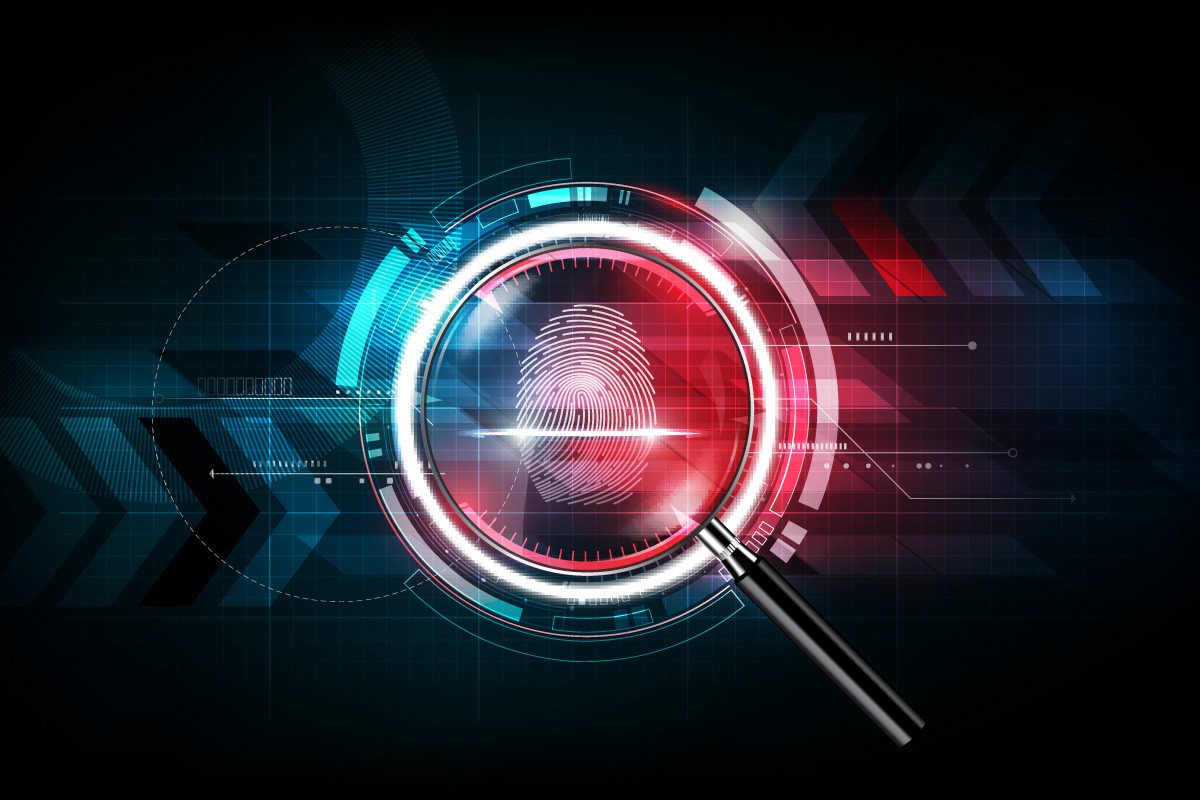If you’ve ever watched a crime or detective show on television, they make solving crimes look easy. Just collect a miniscule piece of evidence, run it through a computer, and – boom – you’ve found the perpetrator.
The reality, of course, is that law enforcement and investigations aren’t quite that simple. It can take weeks, months or even years to match a piece of evidence to a specific individual, if it can be matched at all; however, that doesn’t mean that technology in the real world isn’t catching up to Hollywood technology. New developments are taking shape every day, making it easier to prevent and fight crime. So, while it might not yet be possible to match a single fiber to a specific jacket sold in a little shop in an alley in Brooklyn – at least not within 42 minutes – there are plenty of new technologies changing law enforcement. < Click to Tweet
Here are four technological advances in law enforcement already taking shape:
1. Machine Learning and Artificial Intelligence
We’re still years away from having robots serve and protect, but law enforcement agencies are already implementing artificial intelligence-based tools to help them prevent and manage crime. Many law enforcement agencies use massive databases with information about individuals and their criminal history and background; with AI, they can more easily make connections between disparate systems. Combined with their own knowledge of investigations gained through the study of criminal justice, these new algorithms can improve investigations and help law enforcement agencies make better decisions regarding detention, prosecution and punishment.
For example, law enforcement agencies may use AI to assign a “risk score” to a suspect based on their history and other data to make better decisions about whether they should be held pre-trial. By accounting for various factors, criminal justice professionals can attempt to remove human bias from these decisions. It may be possible to reduce incarceration rates and recidivism in this manner, but agencies need to be aware that these tools may also have serious shortcomings.
2. Better Electronic Monitoring Systems
The concept of house arrest is nothing new, but technological advances are making it a more workable option. When criminals are prosecuted for minor offenses, and they present little to no risk to the community, using electronic monitoring systems to allow them to serve their punishment at home has some benefits.
Although some argue that the option of serving a sentence in the comfort of one’s own home won’t deter criminal behavior to the same degree that prison does, it may benefit society more for low-level offenders to not be in prison. Instead, subjecting them to constant, intense surveillance via GPS monitoring, audio and visual recording, and other technology-based solutions can keep them out of jail, ultimately saving communities money.
3. Pre-Crime Technology
The best way to fight crime is to keep it from happening in the first place, and technology is on the forefront of crime prevention. Again, AI tools and predictive analytics using big data are key to making connections that can stop crime before it starts, but law enforcement is using other tools in their work as well.
In Chicago, police officers are using technology called ShotSpotter, which triangulates information to determine the exact location of gunshots. Combining that information with license plate detection technology makes it easier for police to manage patrols in high-crime areas and investigate shootings.
Facial recognition technology is also proving instrumental to fighting crime. Law enforcement has used facial recognition at large events, for example, to identify individuals who are wanted for crimes by comparing their faces to a database of hundreds of thousands of known offenders. And at the border, U.S. Border Patrol agents are using sensor technology to evaluate physical and psychological behaviors to determine whether individuals are likely to be entering the country for nefarious purposes.
All of these technologies are developed with the single purpose of preventing crime, and we’re only seeing the tip of the iceberg when it comes to these tools.
4. Improved Officer Protection
We’ve already seen how the implementation of cameras – both body and dash cameras – has changed law enforcement. Automatically recording interactions between the police and the public has saved lives and improved outcomes, and the recordings have also reduced complaints about officer behavior.
Technology is being used in other ways to more effectively protect officers. One of the more exciting developments taking shape is the development of a sophisticated “smart belt.” Worn by officers on duty, the belt monitors the officer’s movements and position, and it automatically alerts backup or dispatch of trouble when necessary. Dispatch itself is also beginning to use more sophisticated systems to collect and analyze real-time information, improving the safety of officers as they respond to calls. Other tools being implemented to improve officer safety include drones, robotic cameras and small robots that can be used in dangerous situations; for instance, these robots can be used to surveil a hazardous scene or locate threats.
Prepare Yourself
The world of law enforcement is changing rapidly, thanks in no small part to technology. If you’re ready to take on the challenges of law enforcement in the 21st century, CSU offers online criminal justice degree programs designed to give you the tools and understanding you need to be a leader in the new world of law enforcement.
For more information, visit ColumbiaSouthern.edu.




